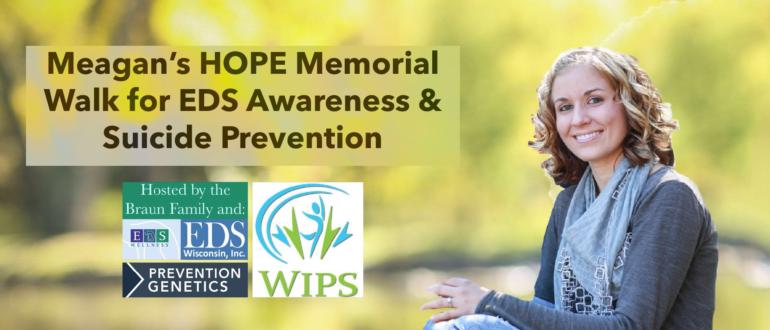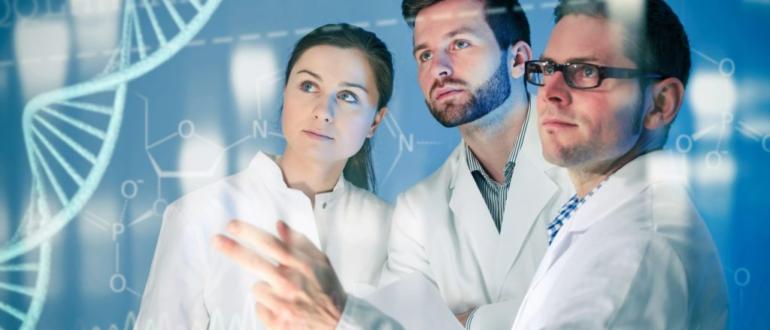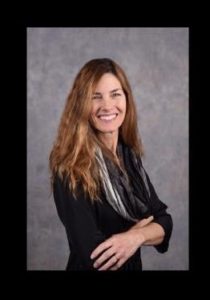I’ve written in the blog a few times about my love of Taylor Swift, so if you caught the context of my title as a song lyric, props to you. In this case, you also hopefully caught that we’re playing with today’s holiday.
It’s Mother’s Day and th at means we are celebrating all things mom. Here at EDS Wisconsin, many of us have shared and sought feedback about what our moms were like, what it means to be a mom to an EDS kid, and what Mother’s Day means to us. I asked my mom, Janell Armstrong, a few questions this morning and if I could write about her in my blog—mostly because I remember vividly what dealing with my health was like as a child and now that I’m 27, I wanted to hear what that was like from her perspective. So, I asked my mom the hardest part of raising a child who was clearly ill with SOMETHING but un-diagnosed. Then, I asked my mom the hardest part about having a child get diagnosed with an incurable condition at 25—and changing all of those things that happened in my youth.
at means we are celebrating all things mom. Here at EDS Wisconsin, many of us have shared and sought feedback about what our moms were like, what it means to be a mom to an EDS kid, and what Mother’s Day means to us. I asked my mom, Janell Armstrong, a few questions this morning and if I could write about her in my blog—mostly because I remember vividly what dealing with my health was like as a child and now that I’m 27, I wanted to hear what that was like from her perspective. So, I asked my mom the hardest part of raising a child who was clearly ill with SOMETHING but un-diagnosed. Then, I asked my mom the hardest part about having a child get diagnosed with an incurable condition at 25—and changing all of those things that happened in my youth.
My diagnosis story is LONG and I’ve written about it a few times in this blog. The first time I dislocated a joint fully, I was only 12 years old. I had no idea what a dislocation was, but I did know that my kneecap was on the back of my leg—and I was thoroughly convinced it would stay there forever. I don’t know if I’ve ever
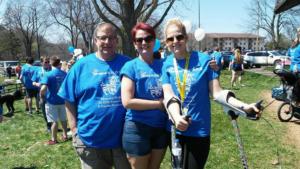
My Mom and Stepdad, Dave
, to this day, screamed the way I did that day or shed as many tears. It was an incredibly hot summer day and the knee immobilizer was AWFUL for a child, not to mention that even though I always thought crutches looked “fun,” they were actually really awful to use and I had no clue how to use them. That really didn’t seem like a big deal, though. Kids get hurt. You all know this. If you have a kid who didn’t end up on crutches at least once in their childhood, consider yourself.
The problem is, it didn’t stop. It never stopped. The dislocations got more frequent in that knee as I got older. I would hurt other joints, too and cry until my mom would take me to the emergency room—and I’m realizing now that I’m four paragraphs in that I failed to mention that my mother, superhero that she is, was raising four kids all by herself. I begged my mother not to make me go to school. I begged her not to make me go to gym class. I would cry for actual hours while she put ice packs on various parts of my body.
My mom did a lot of things for me most parents don’t have to do—and sometimes she took heat for it. I had a predetermined number of days off school I could take off every month because sometimes I just couldn’t handle school. There were times I sprained my wrist so badly I couldn’t write my own homework even though I came up with all the answers myself—and when I asked the teacher if that was okay, she told me, in front of the entire class, that she would have found a way to write the homework herself, so she was going to take a few points off. I have a feeling she and my mom talked about those points because I never lost them. I was a straight-A student and I wanted teachers to like me, so when they didn’t because I couldn’t do something, it hurt even more than my body did.
Then, there were the doctors. The first time a doctor told me I only hurt because I was fat, I was six years old. The same doctor told my sister blue eye shadow was “slutty” when she was 10, so I’m not quite sure where she went to medical school…but anyway now I’m WAY off topic…hopefully you’re laughing. By the time the dislocations were happening every day, multiple times a day, I was tumbling down stairs—a LOT. My mom told me this morning that what she felt more than anything with doctors when I was a kid was helplessness. She felt helpless to get answers, helpless to fix me, and helpless to make her child better. She wrote, “You SO want to believe that the next doctor will be able to fix it. I had a tendency to believe them because they are supposed to know more than you! And if this, this, and this happens, it will all be over and your child will be all fixed. It’s a little better now with online resources, but honestly, when you were going through all of it, I didn’t really know where to go besides the doctor to get answers.”
I never heard my mom say until today that she thought the same things I did. “This, this, and this and your child will be all fixed” is neither scientific nor eloquent—but it is what moms of an un-diagnosed child desperately want. It’s what those children want even more. I felt guilt over making my mom take me to the doctor over and over again only to be told they didn’t know or I was fine or this surgery would fix it all—and then it never did.
Here’s how I remember it, though, when the doctors didn’t help me enough, my mom didn’t stop. She never, ever stopped. That lesson stuck with me. I didn’t stop either. When I was 23, I saw another doctor who didn’t help me enough, so I didn’t go back. It happened again when I was 24. Then, when I was 25, a doctor FINALLY told me why I was in so much pain, why I was so sick, why I was the way I was—and suddenly every single trip to every single doctor all those hours away was worth it, because we never gave up.
My mom’s response to my diagnosis question hit me harder than I thought it would, because I wish she didn’t have to feel how she did or does. She explained that it killed her a bit when she found out. She wrote that she questioned every decision she ever made regarding my care. She wrote about guilt for not doing a better job and not pushing doctors. She wrote about the worse guilt about those moments when she doubted her own child’s pain.
So, this is for my own mom—and for any other mom who couldn’t get their child diagnosed until adulthood. These words are my words for you, my thoughts for you, my love letter to the “mama” who made me strong enough to live through EDS:
- You are not a doctor. You are taught to trust doctors with your lives. A doctor brought me into this world and you trusted them to help you care for me every step of my life. You pushed. You kept pushing—and you gave me the tools to keep pushing once I left the nest. I am my own greatest advocate because I learned from watching you.
- I doubted my own pain more than you ever could or ever will. I thought for sure it was all in my head. There was no way doctors could possibly go thirteen years and find nothing if I was actually ill, right? You don’t have to carry guilt for wondering about something I couldn’t help but wonder myself.
- You didn’t make me sick. You made me strong. You gave me all of the wonderful and beautiful things about myself and without EDS, I probably wouldn’t have been able to make these traits what they are today. I will work harder to remind you of that for the rest of my days with you.
- Watching your child in pain and not being able to help is probably worse than being in pain yourself. You’ve told me so many times that you wish you could just take my pain. I know you mean that. I know you would ACTUALLY do that for me. I know that you would give up walking yourself if it meant I could keep walking. That’s how much you love me. That’s how much you have always loved me. (And some days, I’m selfish enough to let you.)
My mom’s point about not having resources to help her is exactly the reason I do what I do. She is the reason I speak publicly when I can. She is the reason I write this blog and share my story on social media, because I promise you there is a mother out there somewhere with a daughter crying from her pain and the mother does not know what to do—and if I can help one more mother not have to question the decisions she made because she read OUR story (mine AND my mom’s), I will keep doing it for as long as I can.
To all of the mothers raising children with chronic illnesses or who have chronic illnesses themselves, you are strong and brave and wonderful and even though you deserve recognition every day, you especially deserve it today. Happy Mother’s Day.

 Love you, Mom.
Love you, Mom.

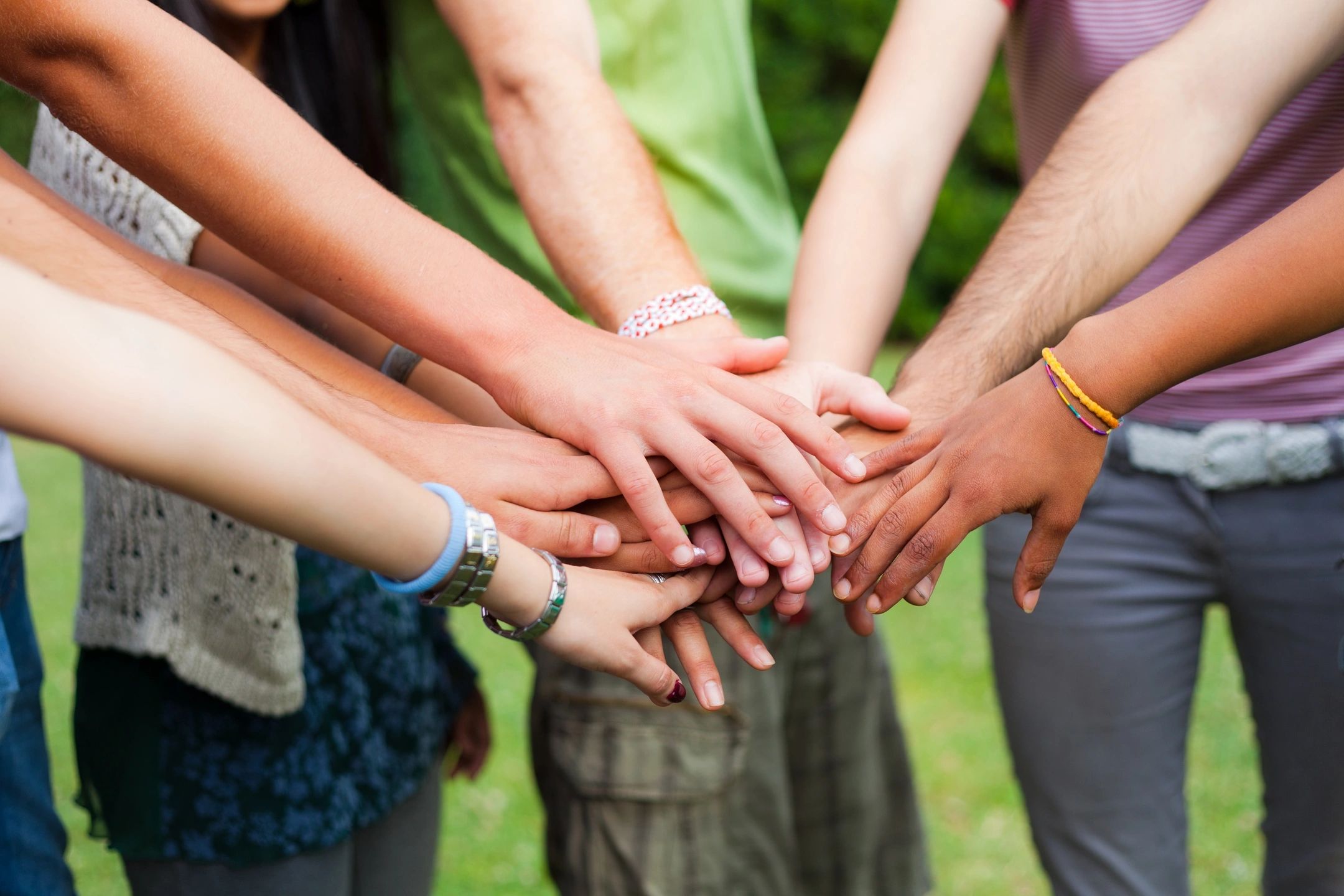

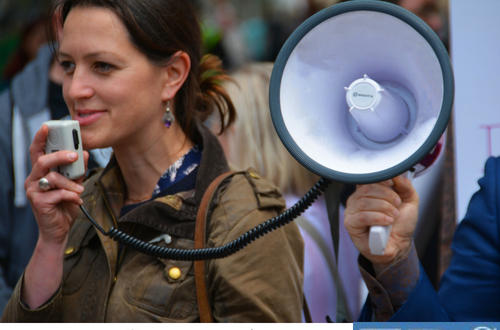



 at means we are celebrating all things mom. Here at EDS Wisconsin, many of us have shared and sought feedback about what our moms were like, what it means to be a mom to an EDS kid, and what Mother’s Day means to us. I asked my mom, Janell Armstrong, a few questions this morning and if I could write about her in my blog—mostly because I remember vividly what dealing with my health was like as a child and now that I’m 27, I wanted to hear what that was like from her perspective. So, I asked my mom the hardest part of raising a child who was clearly ill with SOMETHING but un-diagnosed. Then, I asked my mom the hardest part about having a child get diagnosed with an incurable condition at 25—and changing all of those things that happened in my youth.
at means we are celebrating all things mom. Here at EDS Wisconsin, many of us have shared and sought feedback about what our moms were like, what it means to be a mom to an EDS kid, and what Mother’s Day means to us. I asked my mom, Janell Armstrong, a few questions this morning and if I could write about her in my blog—mostly because I remember vividly what dealing with my health was like as a child and now that I’m 27, I wanted to hear what that was like from her perspective. So, I asked my mom the hardest part of raising a child who was clearly ill with SOMETHING but un-diagnosed. Then, I asked my mom the hardest part about having a child get diagnosed with an incurable condition at 25—and changing all of those things that happened in my youth.

 Love you, Mom.
Love you, Mom.